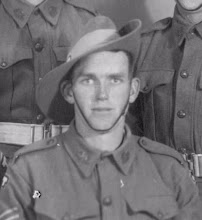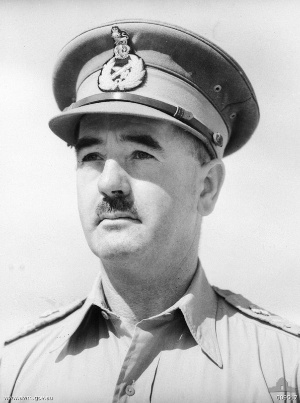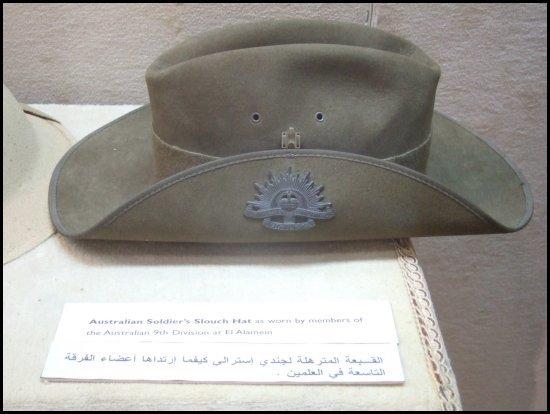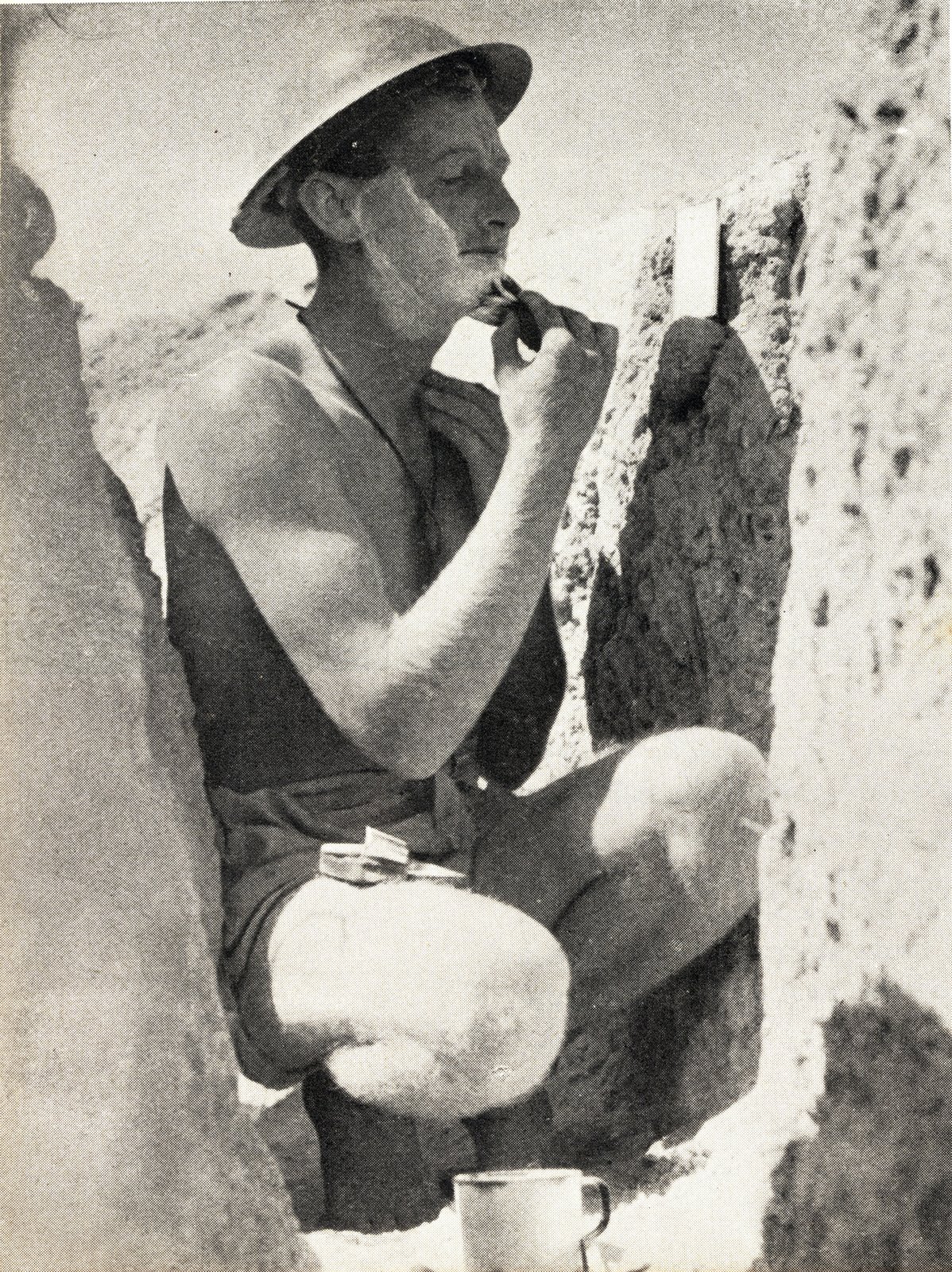 Weapons pits of the Red Line still virtually untouched.
Weapons pits of the Red Line still virtually untouched.Only time itself seems to have been in these weapon pits since the departure of the allied forces from Tobruk. There is even still, in 2002, evidence of spent shell casings and magazines found in these trenches.
 The Harbour as it was in 2002.
The Harbour as it was in 2002.
And this is what the whole thing was all about. Whoever controlled the deep water harbour in Tobruk, the only deep water port between Egypt and Tripoli, could rapidly move troops and supplies via sea rather than transport them up to 1,200 miles over the harsh desert.
Holding Tobruk for the time that they did meant that the Australian's and English troops there delayed the Battle of El Alamein until a time when the Allies were adequately reinforced and supplied. It seems weird to see the harbour in colour and without the wrecks of so many ships in it.
images from Galen R. Frysinger, Wisconsin, USA. http://www.galenfrysinger.com/tobruk_libya.htm





















